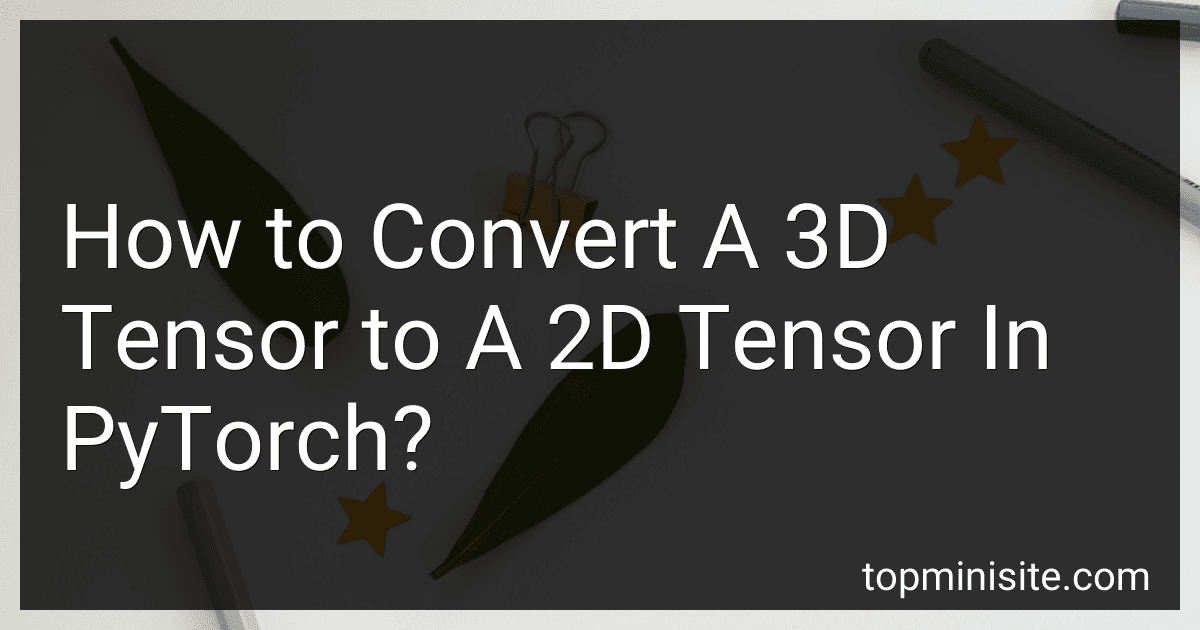Best Machine Learning Books to Buy in December 2025
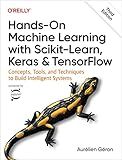
Hands-On Machine Learning with Scikit-Learn, Keras, and TensorFlow: Concepts, Tools, and Techniques to Build Intelligent Systems
- TRACK ML PROJECTS END-TO-END WITH SCIKIT-LEARN'S TOOLS.
- EXPLORE DIVERSE MODELS: SVMS, DECISION TREES, AND ENSEMBLE METHODS.
- BUILD NEURAL NETS USING TENSORFLOW FOR VARIOUS APPLICATIONS.


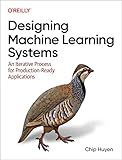
Designing Machine Learning Systems: An Iterative Process for Production-Ready Applications


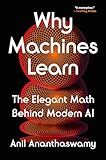
Why Machines Learn: The Elegant Math Behind Modern AI


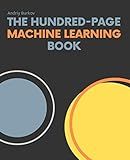
The Hundred-Page Machine Learning Book (The Hundred-Page Books)


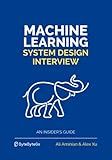
Machine Learning System Design Interview


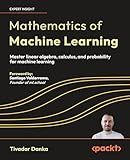
Mathematics of Machine Learning: Master linear algebra, calculus, and probability for machine learning


To convert a 3D tensor to a 2D tensor in PyTorch, you can use the view() function. The view() function reshapes a tensor without changing its data.
By specifying the desired size dimensions of the 2D tensor, you can use the view() function to reshape the tensor accordingly.
Here is an example of how to convert a 3D tensor of shape (batch_size, height, width) to a 2D tensor of shape (batch_size, height * width):
import torch
Assuming you have a 3D tensor 'tensor_3d'
tensor_3d = torch.tensor([[[1, 2], [3, 4]], [[5, 6], [7, 8]]])
Getting the shape of the tensor_3d
batch_size, height, width = tensor_3d.size()
Reshaping the 3D tensor to a 2D tensor
tensor_2d = tensor_3d.view(batch_size, height * width)
Printing the original and converted tensors
print("Original Tensor (3D):\n", tensor_3d) print("\nConverted Tensor (2D):\n", tensor_2d)
In this example, the original tensor tensor_3d has a shape of (2, 2, 2). We first retrieve its shape using size(), obtaining the batch_size, height, and width. Then, we use view() to reshape the tensor, passing the desired shape (batch_size, height * width). Finally, we print both the original and converted tensors to verify the transformation.
What is tensor stacking in PyTorch?
In PyTorch, tensor stacking refers to the operation of concatenating a sequence of tensors along a new dimension. It allows you to combine multiple tensors into a single tensor, thus creating a higher-dimensional tensor.
The torch.stack() function is used for tensor stacking in PyTorch. It takes a sequence of tensors as input and returns a new tensor that stacks the input tensors along a specified dimension. The input tensors must have the same shape in all dimensions except the stacking dimension.
For example, if you have two tensors of shape [3, 4] and you want to stack them along a new dimension, you can use torch.stack([tensor1, tensor2], dim=0) to obtain a tensor of shape [2, 3, 4].
You can also use negative values for the stacking dimension, which enables you to stack tensors along the last dimension by using dim=-1.
Tensor stacking is useful for tasks such as combining multiple inputs or outputs from neural networks or when you need to organize or reshape tensors for further computations.
What is tensor squeezing in PyTorch?
Tensor squeezing in PyTorch refers to the process of removing dimensions of size 1 from a tensor. It helps in reducing the rank of the tensor, making the tensor more compact and easier to work with.
PyTorch provides the torch.squeeze() function to perform tensor squeezing. This function removes dimensions of size 1 from the input tensor. By default, it removes all dimensions of size 1, but we can also specify the dimensions we want to squeeze.
Here is an example of how to use torch.squeeze():
import torch
Create a tensor with shape (1, 3, 1, 5)
x = torch.randn(1, 3, 1, 5)
print("Shape of x before squeezing:", x.shape)
Squeeze the tensor
y = torch.squeeze(x)
print("Shape of y after squeezing:", y.shape)
Output:
Shape of x before squeezing: torch.Size([1, 3, 1, 5]) Shape of y after squeezing: torch.Size([3, 5])
In this example, the tensor x has dimensions of size 1 in the second and third dimensions. After squeezing, these dimensions are removed, resulting in the tensor y with a shape of (3, 5).
How to create a 3D tensor in PyTorch?
To create a 3D tensor in PyTorch, you can use the torch.Tensor constructor. Here are a few ways to create a 3D tensor:
- Initialize with random values:
import torch
Create a 3D tensor with random values
tensor_3d = torch.randn(2, 3, 4)
- Initialize with specific values:
import torch
Create a 3D tensor with specific values
tensor_3d = torch.tensor([ [[1, 2, 3, 4], [5, 6, 7, 8], [9, 10, 11, 12]], [[13, 14, 15, 16], [17, 18, 19, 20], [21, 22, 23, 24]] ])
- Initialize with zeros:
import torch
Create a 3D tensor with zeros
tensor_3d = torch.zeros(2, 3, 4)
- Initialize with ones:
import torch
Create a 3D tensor with ones
tensor_3d = torch.ones(2, 3, 4)
These are just a few examples of how to create a 3D tensor in PyTorch. You can modify the dimensions and values according to your needs.
What is the difference between a 3D tensor and a 2D tensor in PyTorch?
In PyTorch, a tensor is a fundamental data structure that represents a multi-dimensional array. The primary difference between a 3D tensor and a 2D tensor lies in their dimensions and the way they store data.
A 2D tensor, also known as a matrix, has two dimensions: rows and columns. It can be thought of as a tabular data structure. For example, a 2D tensor of shape (3, 4) represents a matrix with 3 rows and 4 columns.
On the other hand, a 3D tensor extends the concept of a matrix into three dimensions. It has three axes: depth, rows, and columns. It can be visualized as a stack of multiple matrices. The shape of a 3D tensor is typically represented as (depth, rows, columns). For instance, a 3D tensor with shape (2, 3, 4) consists of 2 matrices, each having 3 rows and 4 columns.
In terms of storage, both 2D and 3D tensors store numerical data in a contiguous memory block. However, the indexing and slicing operations differ. In a 2D tensor, you can access elements using row and column indices. In a 3D tensor, you need to specify indices for each dimension: depth, row, and column, to access the desired element.
Overall, the main distinction between a 3D and 2D tensor is the number of dimensions and how they represent the data structure. A 2D tensor is a table-like structure with rows and columns, while a 3D tensor stacks multiple 2D tensors along an additional depth dimension.
What is the difference between a tensor and a matrix in PyTorch?
In PyTorch, a tensor is a multi-dimensional array of numbers, similar to a matrix in mathematics. However, there are few key differences between tensors and matrices:
- Dimensionality: Tensors can have any number of dimensions (or axes), whereas matrices are limited to just two dimensions (rows and columns).
- Element Types: Tensors can store elements of different data types, such as integers, floating-point numbers, or even complex numbers. In contrast, matrices typically store elements of a single data type.
- GPU Support: PyTorch tensors can be easily moved and utilized on GPUs for faster computation. Matrices, on the other hand, may need additional manipulation to be operated on GPU.
- Functionality: PyTorch tensors provide a wide range of mathematical operations and functions optimized for deep learning tasks. They also support automatic differentiation for gradient calculations during backpropagation, which is crucial in neural networks. Matrices, being a more general concept, do not have these high-level functionalities built-in.
Overall, while tensors can represent matrices, they also offer additional features and capabilities specific to deep learning frameworks like PyTorch.
